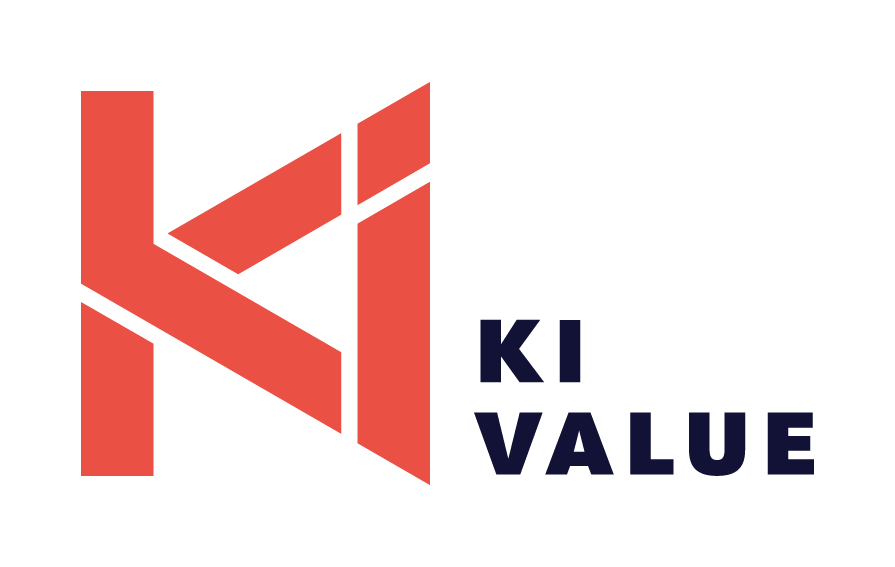To make KIVALUE work and improve your user experience, we log user data and employ essential cookies. By using KIVALUE website, you agree to our Privacy Policy, including cookie policy.
OK
New Partnership with Pricen in Italy: Read Here
Cosmetic Costing // Unveiling the Art of Economy Pricing
Strategies
Introduction
In the vast and vibrant world of cosmetics, pricing strategies play a pivotal role in shaping consumer perceptions, driving sales, and ultimately determining the success of a brand.
Among the myriad pricing approaches available, economy pricing stands out as a compelling option for cosmetics companies looking to capture a wide audience without sacrificing quality.
But what exactly constitutes the best economy pricing for cosmetics?
In this article, we'll delve into the intricacies of economy pricing in the cosmetics industry, exploring the factors to consider and strategies to implement to achieve optimal results.
In the vast and vibrant world of cosmetics, pricing strategies play a pivotal role in shaping consumer perceptions, driving sales, and ultimately determining the success of a brand.
Among the myriad pricing approaches available, economy pricing stands out as a compelling option for cosmetics companies looking to capture a wide audience without sacrificing quality.
But what exactly constitutes the best economy pricing for cosmetics?
In this article, we'll delve into the intricacies of economy pricing in the cosmetics industry, exploring the factors to consider and strategies to implement to achieve optimal results.
Understanding Economy Pricing in Cosmetics
Economy pricing, also known as value pricing, involves setting prices at a relatively low level to appeal to price-sensitive consumers while still maintaining profitability. In the cosmetics industry, economy pricing aims to offer affordable products without compromising on quality, making them accessible to a broad spectrum of consumers.
This pricing strategy is particularly effective for mass-market cosmetics brands that prioritise volume sales and market penetration.
Economy pricing, also known as value pricing, involves setting prices at a relatively low level to appeal to price-sensitive consumers while still maintaining profitability. In the cosmetics industry, economy pricing aims to offer affordable products without compromising on quality, making them accessible to a broad spectrum of consumers.
This pricing strategy is particularly effective for mass-market cosmetics brands that prioritise volume sales and market penetration.
Factors Influencing Economy Pricing
Several factors come into play when determining the best economy pricing for cosmetics:
Several factors come into play when determining the best economy pricing for cosmetics:
- Cost of Goods:
- Competitive Landscape:
- Target Market:
- Brand Image and Perception:

Strategies for Implementing Economy Pricing in Cosmetics
- Product Simplification:
- Bulk Manufacturing and Sourcing:
- Strategic Pricing Architecture:
- Promotional Strategies:
- Online Retail Channels:
Case Studies: Success Stories in Economy Pricing for Cosmetics
Let's examine a few notable examples of cosmetics brands that have successfully implemented economy pricing strategies:
Let's examine a few notable examples of cosmetics brands that have successfully implemented economy pricing strategies:
Takeaway
Achieving optimal economy pricing for cosmetics demands a delicate equilibrium between affordability, quality, and brand integrity.
By comprehending the factors shaping economy pricing, executing strategic pricing manoeuvres, and drawing insights from industry examples, cosmetic brands can carve a niche in the market and resonate with cost-conscious consumers.
Ultimately, the pinnacle of economy pricing lies in providing outstanding value while upholding quality standards, cultivating consumer trust and loyalty amidst fierce competition.
Achieving optimal economy pricing for cosmetics demands a delicate equilibrium between affordability, quality, and brand integrity.
By comprehending the factors shaping economy pricing, executing strategic pricing manoeuvres, and drawing insights from industry examples, cosmetic brands can carve a niche in the market and resonate with cost-conscious consumers.
Ultimately, the pinnacle of economy pricing lies in providing outstanding value while upholding quality standards, cultivating consumer trust and loyalty amidst fierce competition.
At KIVALUE we cover end-to-end
fashion retail processes
fashion retail processes
From connecting merchandising, buying, and planning processes to omnichannel inventory and markdown management
We offer FREE assessment of your current solution requirements.
We offer FREE assessment of your current solution requirements.
ABOUT YOU Success Story to your Inbox
Just pop-in your name and email.
We value your information and won't share it with anyone.
We value your information and won't share it with anyone.
By clicking you agree to our Privacy Policy
let's talk!
Just pop-in your name and email.
We value your information and won't share it with anyone.
We value your information and won't share it with anyone.
By clicking you agree to our Privacy Policy
before we contact you
By clicking you agree to our Privacy Policy





